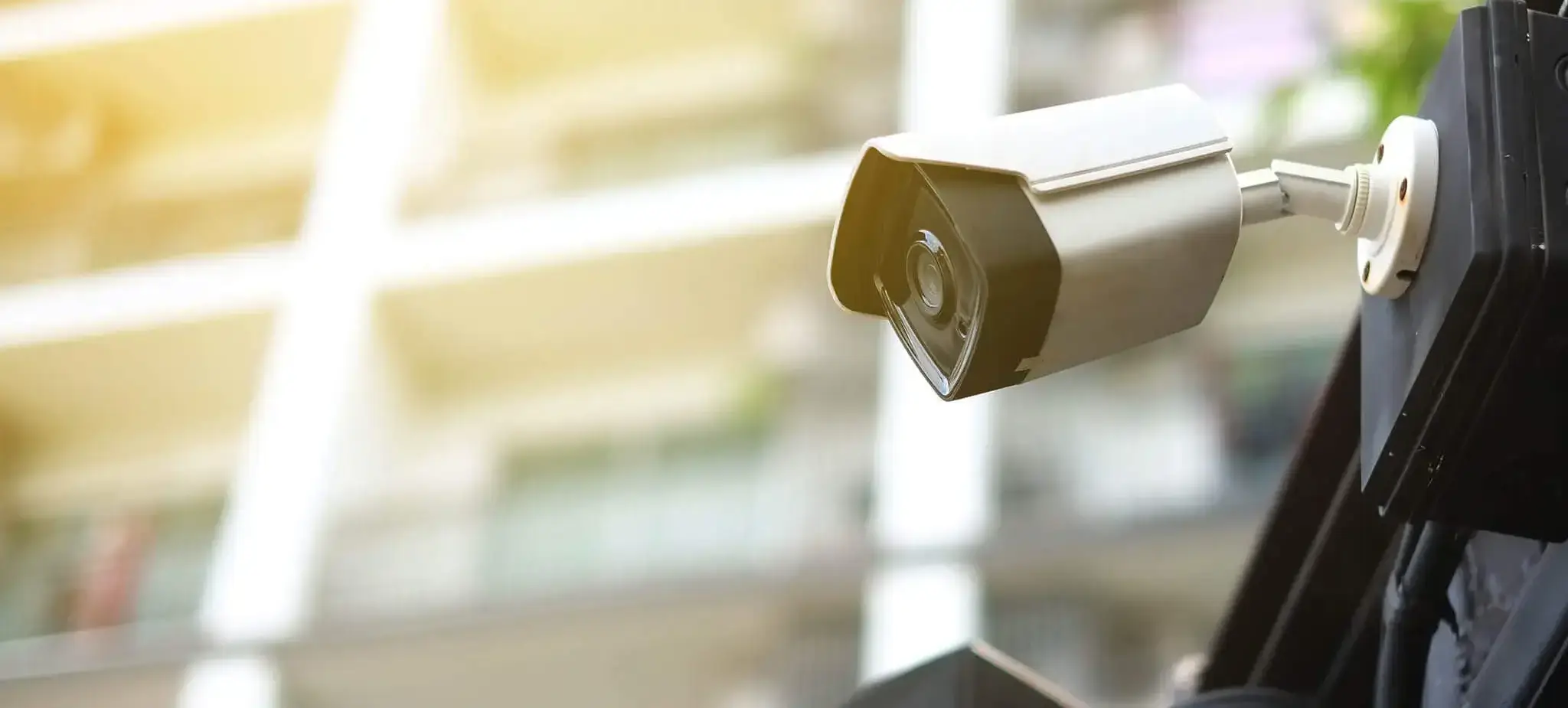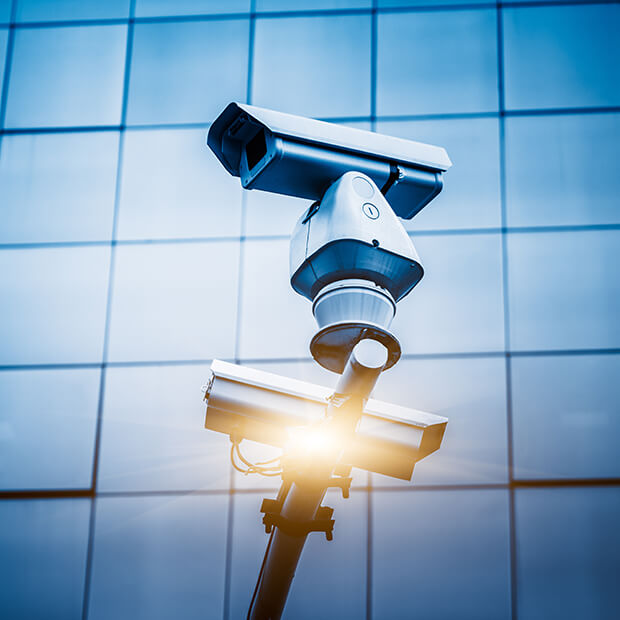In an increasingly complex and security-conscious world, businesses and organizations are seeking reliable ways to protect their premises, assets, and personnel. Access Control Installation is a critical component of modern security strategies, offering a sophisticated and customizable solution to manage entry and exit points effectively. This article explores the importance of access control systems, the technology involved, and the benefits they provide to organizations across various sectors.

Access control systems prevent unauthorized individuals from entering restricted areas, reducing the risk of theft, vandalism, and other security breaches. By restricting access to sensitive areas such as server rooms, storage facilities, and executive offices, businesses can safeguard their assets and critical information.
Access control systems allow organizations to assign different access levels based on roles, departments, or time schedules. For example, employees may have access only during their work hours, while cleaning staff may be restricted to specific zones.
These systems provide detailed logs of who entered or exited a facility, along with timestamps. This accountability deters employee misconduct and assists in investigations if any incidents occur.
Access control systems can be integrated with CCTV, alarms, and fire detection systems to create a comprehensive security network. This integration enhances overall protection and ensures a coordinated response to incidents.
The right CCTV system depends on the specific needs of the commercial establishment. Here are the most common types of systems available






